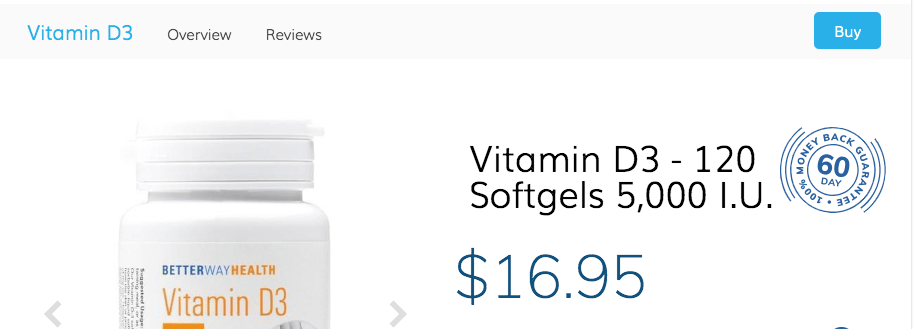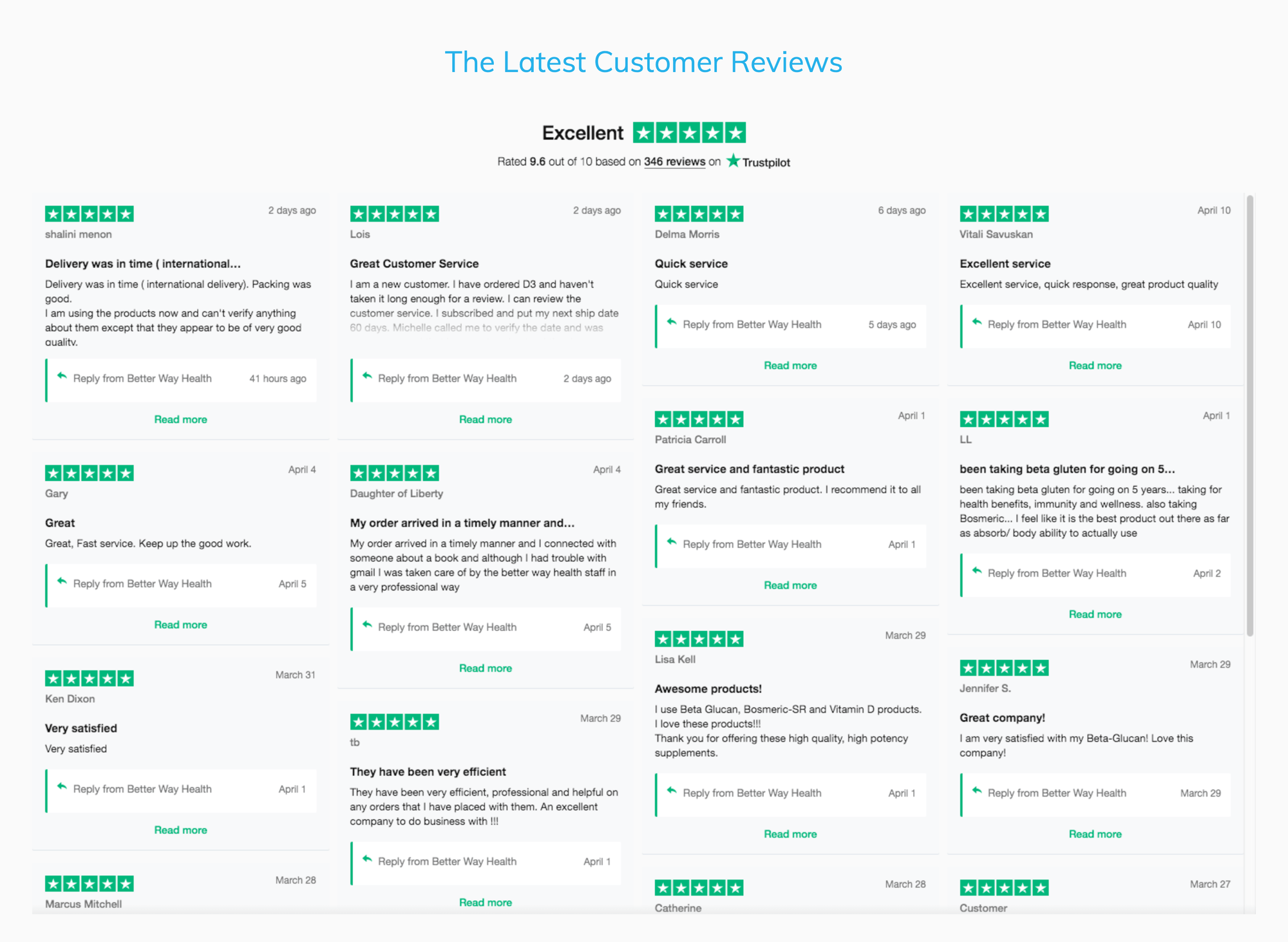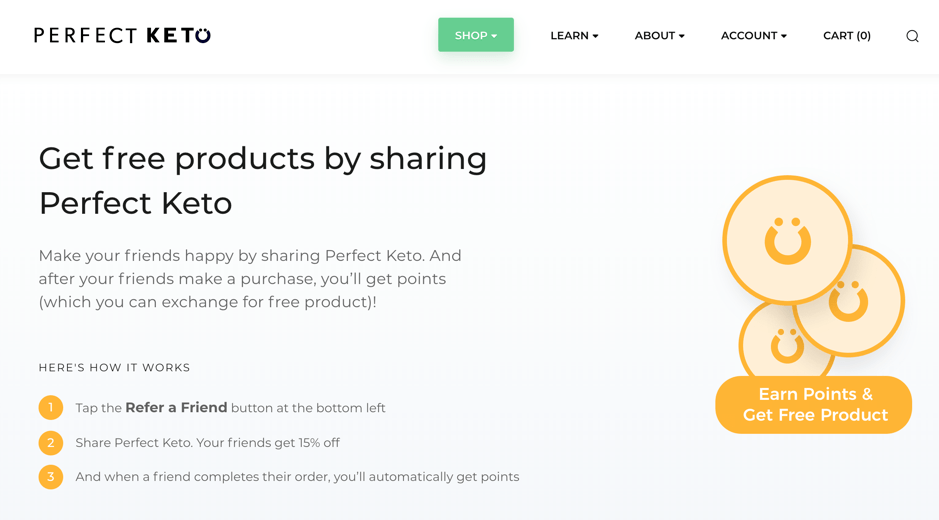When you’re an online health and wellness store looking to make its mark in a $4.2 trillion industry, the opportunity can seem exciting and challenging all at once.
With new health and wellness crazes launching daily, it can be difficult to keep customers motivated and loyal towards your health and wellness brand. This is exactly why it’s so important to nurture relationships with your existing customers to keep them interested in what you have to offer.
A loyalty program differentiates your brand through customer experience – where price and logistics are no longer enough. It also gives customers a reason to return to your store, check out what’s new and repeat purchase from you sooner before you lose them to the competition for good.
Join us as we take a look at five loyalty strategies you can implement today to make the most of the opportunities the health and wellness industry poses. They are:
- Leverage social proof
- Use social channels to spread the word
- Establish a community
- Create an extension of your brand
- Nurture advocacy
But, before we dive into these loyalty tactics, let’s first recap on the state of the health and wellness industry.
The challenges for health and wellness merchants
The health and wellness market has grown 12.8% in the last two years to account for the sudden boom of the “wellness generation” – a group of consumers who invest their money in experiences over things, follow the lead of influencers and enjoy documenting their wellness journeys on social media. And, while it may have started with millennials, consumers of all ages are now on board.
To cater to this growing market, big name brands are launching their own health and wellness ventures. This means that smaller health and wellness retailers are stuck in a race to the bottom in an attempt to match these larger players on price and logistics.
This, paired with the abundance of choice available to consumers, makes it difficult for smaller or less established brands to secure the loyalty of new and existing customers. They will happily leave their loyalty at the door if a brighter discount or deal catches their eye.
Now, let’s take a look at the strategies you could be implementing today to secure a loyal customer base.
Strategy 1: Leverage social proof
Consumers are fed up with sales messages surrounding new products. Instead, they crave authenticity and reliability. Customers want proof over promise and guaranteed results.
Foster trust and build emotional connections by rewarding your customers for leaving reviews in order to build more user-generated content. Research shows that 84% of customers trust online reviews as much as they do personal recommendations. They act as a credible source of social proof to validate the integrity of your brand for new and curious shoppers.
Better Way Health rewards customers 200 points every time they leave a product review. These reviews are then used as a key focus on their product pages – they even display them in the product header:
Once you click on the “Reviews” button, customers are brought further down the page and displayed a number of reviews from happy customers. They mention delivery time, customer service and the product’s quality.
To show that they’re taking the customer’s opinions and experiences on board, the brand also responds to every review. This makes the customer feel valued enough to keep returning.
Strategy 2: Use social channels to spread the word
As the wellness culture grows, more customers are sharing their health routines online. Customers in this market want to meet their health goals in personal, meaningful ways. On social media, health and wellness brands can inspire and motivate their customers to do exactly that.
Thanks to this mindset, health and wellness brands everywhere are working out that sourcing user-generated content to repurpose on their own channels is incredibly effective. This is because 55% of customers trust UGC over other forms of marketing as it provides evidence of how the products work in real life.
Millennials are particularly responsive to UGC. 86% of this consumer base trust user-generated content over other forms of advertising.
Leverage the user-generated content and influencer marketing trends and reward your customers for following or sharing your brand online. You could reward loyalty points for every like, follow or share.
This will encourage customers to create UGC on your behalf as they know they’ll be getting discounts off their favourite health and wellness products in return. Meanwhile, your social authority will grow and new customers will be able to make quick purchasing decisions as they’ll see how your products will fit into their personal lives. RedCon 1 use Instagram posts of their customers using their products sitewide.
Strategy 3: Establish a community
Once you’ve used social proof to get customers to trust your brand initially, you need to work on creating a sense of community. Results show that 65% of millennial consumers buy from brands that align with their personal values – so make sure yours is one a customer can believe in.
Start by identifying your health and wellness niche. Whether that’s yoga mats, essential oils for mindfulness or supplements specifically for cross fit, there are hundreds of health and wellness niches out there. Own yours and communicate it to your customers.
A loyalty program is a great place to communicate your store’s unique identity and grow your community. By making it space where your customers feel like they belong to a collective cause or passion, they’ll be more likely to return time and time again to engage with it.
Kimberly Snyder’s health and wellness store, Solluna, has a loyalty program named “The feel good circle”. Across the site, the community is celebrated in a way that makes customers excited by the prospect of becoming part of it. Not only are the exclusive offers enticing and experiential – including access to a private Facebook group and one-off video recordings – but the language used makes customers feel like they’re part of a shared wellness mission.
Strategy 4: Create an extension of your brand
Customers choose their go-to health and wellness brands based on how their products make them feel – the same should go for your loyalty program.
Make your loyalty program a wellness experience by branding it to resonate with your customers on an emotional level. Make it look and feel as good as you want your customers to feel when using your products.
Strategy 5: Nurture advocacy
When you’ve made your customers feel part of a common cause, they will naturally become advocates. Once a customer knows that they love a brand, they’ll be more inclined to tell others about it.
For many health and wellness brands, word-of-mouth marketing can be a huge catalyst for success. Often, it takes someone else to speak highly of a product to convince others to take the plunge.
Use your loyalty program to nurture customer advocacy and reward customers for referring their friends to your store. Perfect Keto makes referring friends a win-win for their customers. The referred friend gets 15% off a new product they may be unsure of. And, once the new customer has purchased, the referee gets a free product.
Not only is nurturing advocacy a cost-effective acquisition strategy, but it also grows trust and confidence.
The answer to securing loyalty in the health and wellness space?
So what’s the answer to health and wellness ecommerce success and loyalty? To beat the hurdles, you need to offer more to retain and engage your existing customers. By adding a loyalty program to your store you’ll give your customers a reason to return and tell others about you.
Want to become the go-to health and wellness loyalty expert in your business? Check out the LoyaltyLion Academy for some free, self-guided lessons on customer loyalty and retention.









